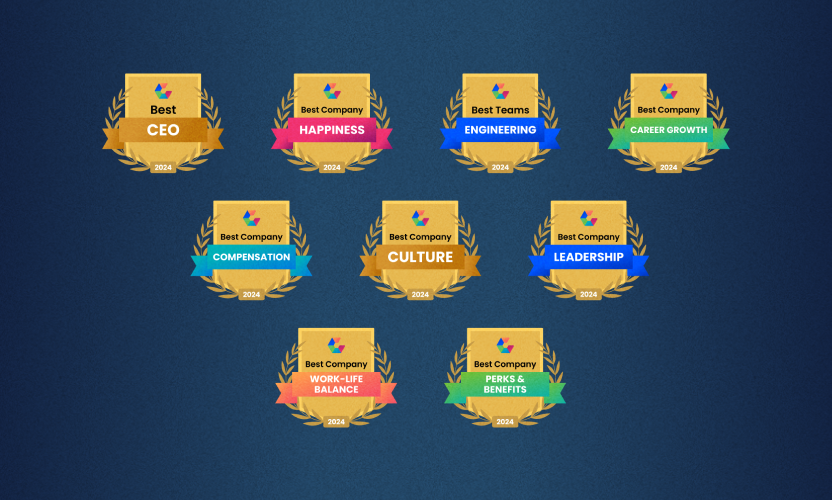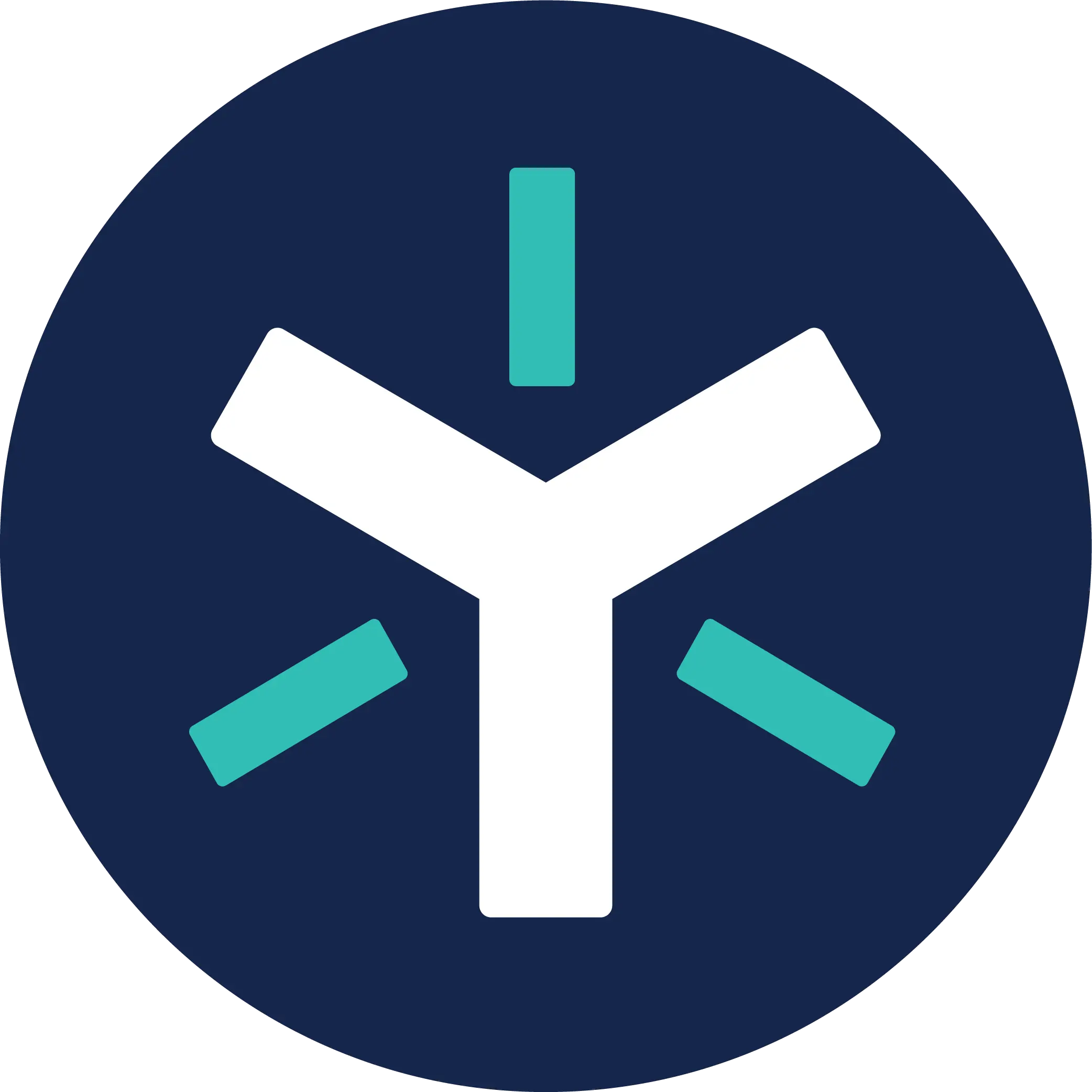Point, counterpoint, response to a recent Wired magazine article
We recently saw an interview in Wired magazine, and while it was certainly a good promotional piece, it portrays IT as the enemy, large established software companies as inept and tries to convince the readers that you can build a race car on a scooter engine. So, we decided to answer the questions again, with our view on the topic. If we had written the article, we would have titled it: Why enterprise products should have consumer sensibilities, but keep the overall enterprise in mind in order to successfully sell in the corporate world: 10 questions with Egnyte CEO Vineet Jain. We’ve kept the questions the same, with only one small (noted) change.Wired: Companies that build enterprise software often struggle to make something simple that people actually want to use, as opposed to being forced to use some horrific software by their bosses or IT department. How did we end up there?Vineet Jain: Yes, there most certainly is a struggle, but the problem doesn’t come from IT, or their bosses. They’re in the same struggle that you and I are in, trying to get a job done in the a cost effective way and with a tool that gets the job done. IT and their bosses would be happy to use a simple product if it did what they needed it to do. The problem is that software companies are not doing their jobs well. The critical change in thinking that needs to occur is that product managers have to learn to acknowledge a variety of target users and more effectively create multi user products that speak to each constituency in their own “language”. It’s a balancing act, but an absolute necessity. What’s the use of having the most secure product in the world if only IT knows how to use it, and training your average employee is impossible. Wired: You guys started as a consumer service. Did that consumer sensibility, even as you realized it was businesses who were your ideal customers, help you to keep everything simple?Jain: Actually, we didn’t start as a consumer service, but that’s a critical and important point. Unlike other cloud file sharing/storage companies we began with IT in mind, but with an understanding that the vast majority of our “users” were going to be managers, construction leads, architects, lawyers, doctors, accountants etc. In other words, 95% of our users are not IT, they’re virtually everyone else in the company. That said, that 5% of users are there to make sure that a company’s files and data are safe and sound, and accessible anytime, from anywhere. Files (data) are the lifeblood of a company, and while usability is key, because people have to do their work, safety, security and accessibility are equally important. What good is a file if you can’t access it? How will you survive as a company if your data can be easily stolen? What will you do when you need to let someone go and you can’t cut off access immediately? How can you grow your business, opening new offices, without giving those offices easy secure access to the files they need to get the job done? What if you get audited and need to run a report to see what people have been accessing? You can’t create a consumer product and then think of these problems afterwards, it’s like putting the cart before the horse, sideways, then asking the farmer why he can’t get his cart of apples to market. These issues need to be addressed at the architectural level, and building a consumer product just doesn’t require the same level of forethought as an enterprise product.Wired: Every startup is product-focused, because at the beginning that’s all you got – the thing you are building for the world to see and use. But it gets harder to have that laser-like focus on product as you get bigger. How have you been able to maintain your focus on product and on user experience as Box has grown?Jain: In the past year, we’ve nearly doubled in size, and with a recent investment from Google Ventures, we’re planning on expanding internationally, first with an office in the UK. That said, we spend a lot of time talking and listening to our customers, combined with a vision of what file serving, sharing and collaboration will look like in the workplace is what makes us unique. We listen, respond, and innovate in order to stay at the peak of our game. In addition to our professional services team, we have a team focused on customer satisfaction. They’re the ears of the company and they’re interfacing regularly with product management to make sure the product reflects reality, that is important.Wired: And other large software companies don’t?Jain: We believe that’s true. Often in larger organizations it’s easy to lose the relationship. Their sales folks may have a connection with the customer, but with size, it’s like a giant game of telephone. What one person hears on one end isn’t exactly what the other person 10 people down the line hears. Staying close is important, and it’s the reason we’re adapting and innovating the way we are. Our customers don’t get it free, they pay, and they get what they pay for. A great product.Wired: Which is where (Egnyte) found its opening, right?Jain: Yes, we’re making sure that both IT and the end user are being heard. That means we can create a product that meets the needs of IT and the business, while still satisfying the company as a whole. Mass market products were created for the mass market, which means, by definition, they were made for the lowest common denominator.Wired: Mobile seems to be the theme of 2012. Is it a theme that applies to storage too? Are you and your customers focused on it?Jain: Home Depot ushered in the age of DIY (do it yourself), and the blackberry and more importantly smart phones and tablets, reasonably priced, grew on the back of that ideal to usher in the era of BYOD (bring your own device). People have to do more and more in the same amount of time, and since we can’t add more hours to the day, they’re using whatever technologies they can to get it done. On the road, in a café, or simply sitting in a meeting, these devices allow users to work easily and efficiently. And guess what, all that work has to be stored somewhere. That’s where we come in. We don’t care what device you’re on, or frankly where you are, work on the docs and files you need to work on, share it with co-workers and clients, we’ve got you covered.Wired: What’s a company’s first step when moving into mobile?Jain: The first step is to acknowledge that your employees and clients are going to use their own devices, and that’s not a bad thing. They found something they’re going to use, and there are plenty of services out there that can allow them to continue using the devices they’re comfortable with. Mobile Device Management (MDM), Mobile Application Management (MAM) and Mobile File Management (MFM) solutions can be easily implemented by companies to bring the control and security necessary for today’s working environment. Corporate Data is the lifeblood of a company, it can make or break a company, so there always has to be some level of control and security implemented. Solutions like ours work to ensure the long-term success of employees, and more importantly, the companies they work for.Wired: What’s been the most dramatic change in the enterprise over the last several years?Jain: I think it’s the DIY movement (as evidenced by the consumerization of IT). It has brought faster change to the enterprise, but frankly at a high risk that companies are just now trying to mitigate. Freemium models may have given users simple easy products, but those products come at a cost. They cost enterprises in a variety of ways, from security lapses to IT time taken away from critical job functions to deal with user issues to mountains of sensitive corporate data living in the public cloud unbeknownst to the company, and the cost is not cheap.What companies have to do now is understand what solutions are out there that address both their employee and customer needs, as well as the needs of the business as a whole. It’s a constant balancing act, and when the pendulum swings to either extreme, it comes at a big cost.Wired: How have the relationships between employees using a product and the company that builds the product changed?Jain: Honestly, increased competition from startups with freemium point solutions has caused software vendors (large and small) to listen more, and not take end users for granted. In the past we had a few juggernauts, you were forced to eat one of three types of cereal. With larger choice, people started to vote with their feet, and everyone is going to have to be on their game. Innovations used to come from people like IBM and Microsoft, now they come from 10 people in a room. That’s not to say the big guys won’t sweep up those little guys, in fact, more times than not they will, but it’s raising the stakes.Wired: How will the cloud change enterprise software going forward?Jain: The cloud is simply not enough. While there are clear benefits to a cloud strategy, it falls short and enterprise companies are already realizing this. I can’t more strongly emphasize the fact that a company’s data (files, databases, etc) are their key competitive advantage, and as one IT manager so eloquently told me, “you’ll have to pry my data from my cold dead hands, being able to touch and feel it is extremely important.”The cloud is just another weapon, albeit a big one, in an organization’s arsenal. No matter the tool, for a company, it’s always about working more efficiently, providing better services/products, and making customers happy. I believe my Silicon Valley mantra applies to every enterprise, regardless of what they do. Create, Innovate, Ameliorate. The cloud is just one component in that equation, now on to figuring out how to integrate with local storage, applications and devices. Point solutions are good for doing one thing, the winning solution will take a hybrid approach of combining the best of existing systems and innovations to empower users.





